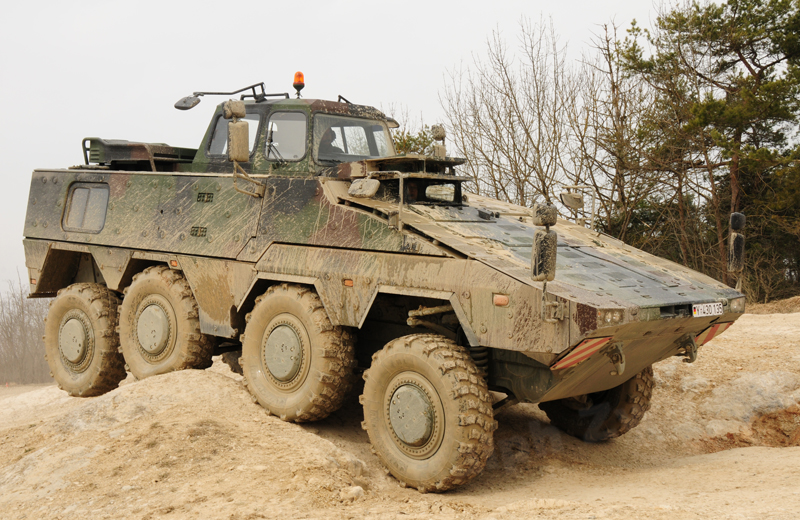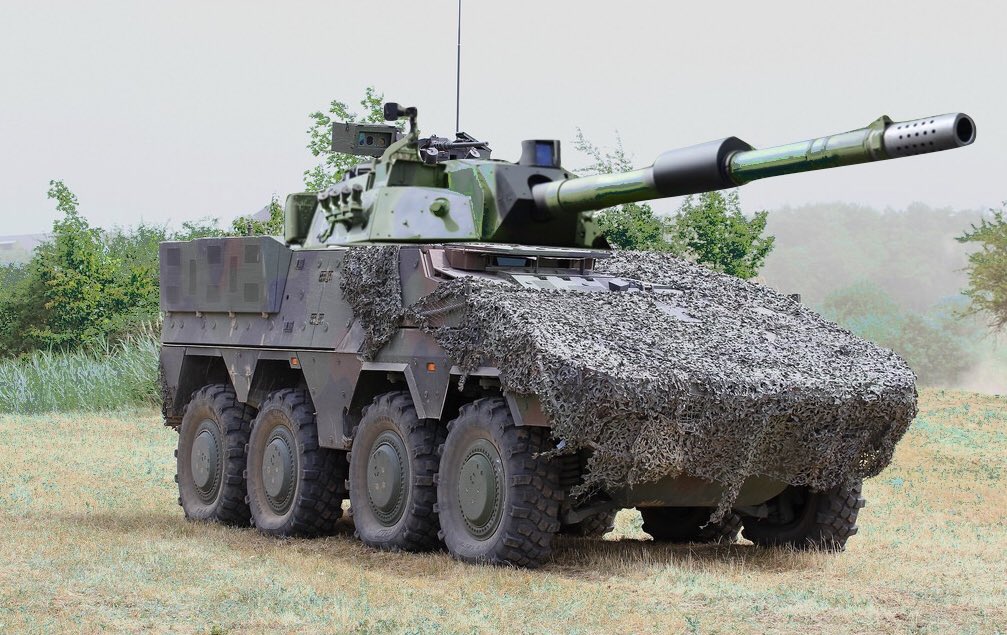


The Royal Netherlands Army received the first Boxer Command Post vehicle in July 2015. In June 2014, the Royal Netherlands Army received the first of 52 Boxer Ambulance vehicles ordered by the Defence Material Organisation.

#Tank boxer series#
The 200th Boxer series vehicle was delivered to OCCAR and the Royal Netherlands Army received the first Boxer vehicle in August 2013. German Army received 65 Boxer Command Post vehicles by December 2012. In December 2012, Germany deployed six Boxer Ambulance vehicles to Afghanistan. In August 2011, Germany deployed five Boxer MRAVs to Afghanistan. Deliveries of Boxer vehicles to the Dutch Army were completed between 2011 and end of 2016. In September 2009, the first deliveries of series production Boxer vehicles were made to the German and Dutch Armies. A production contract was signed with ARTEC on 19 December 2006.īoxer successfully completed user trials with the German Army in January 2008. In December 2006, Germany approved the procurement of 272 vehicles (135 armoured personnel carrier, 65 command post and 72 ambulance variants). In June 2006, the Dutch Parliament approved procurement of 200 Boxer vehicles (58 ambulance, 55 command post, 41 engineer, 27 cargo and 19 cargo / command versions). In July 2020, the Lithuanian Boxer programme completed successful trails for the Boxer Drive Modules in the A400M. The General Dynamics Piranha V was provisionally selected for the requirement in May 2008, although in December 2008 the preferred bidder status was withdrawn. In July 2007, Boxer was one of three vehicles that took part in trials (the ‘Trials of Truth’) for the utility variant of the UK Army’s FRES. However, in May 2006, ARTEC submitted a revised bid for the Boxer. The Dutch announced in February 2006 that it would launch a new competition for the requirement. A total of 12 prototype vehicles have been built and are undergoing industry trials.ĪRTEC presented a bid to OCCAR for the first production batch of 400 vehicles in November 2005, which was rejected on grounds of cost. The first prototype, in German APC configuration, was rolled-out to representatives of OCCAR and participating nations in December 2002 and the first Dutch prototype, a command post version, was completed in October 2003.Ī contract was signed in November 2004, between OCCAR (for Germany and the Netherlands) and ARTEC, for the bilateral continuation of the development programme. The UK, Germany and Netherlands were each to receive four prototypes and a first batch of 200 vehicles. The Boxer vehicle was unveiled with Leguan bridging module in August 2020. The Boxer programme reached a milestone by delivering the 500th vehicle in February 2019.

#Tank boxer mod#
The MoD announced its plans to re-join the Boxer programme in April 2018 for its Mechanised Infantry Vehicle (MIV) programme. The MoD required a lighter more easily deployable vehicle. In July 2003, the UK Ministry of Defence (MoD) announced it would withdraw from the programme to pursue a new national programme, the future rapid effect system (FRES). Stork PWV became part of Rheinmetall in March 2008. Industrial group ARTEC consisting of Krauss-Maffei Wegmann (KMW) and Rheinmetall Landsysteme from Germany, and Stork of the Netherlands is the prime contractor for the programme. In December 2002, it was announced that the vehicle would be called the Boxer. The Dutch programme is called the Pantser Wiel Voertuig (PWV). In February 2001, the Netherlands signed a memorandum of understanding to join the programme. The British Army’s vehicle allows for the different configurations such as command vehicle, specialist carrier, armoured personnel carrier, and field ambulance, which can accommodate six seated or three stretcher casualties. The programme was known as the Multi-Role Armoured Vehicle (MRAV) in the UK, and as the Gepanzertes Transport-Kraftfahrzeug (GTK) in Germany.


 0 kommentar(er)
0 kommentar(er)
